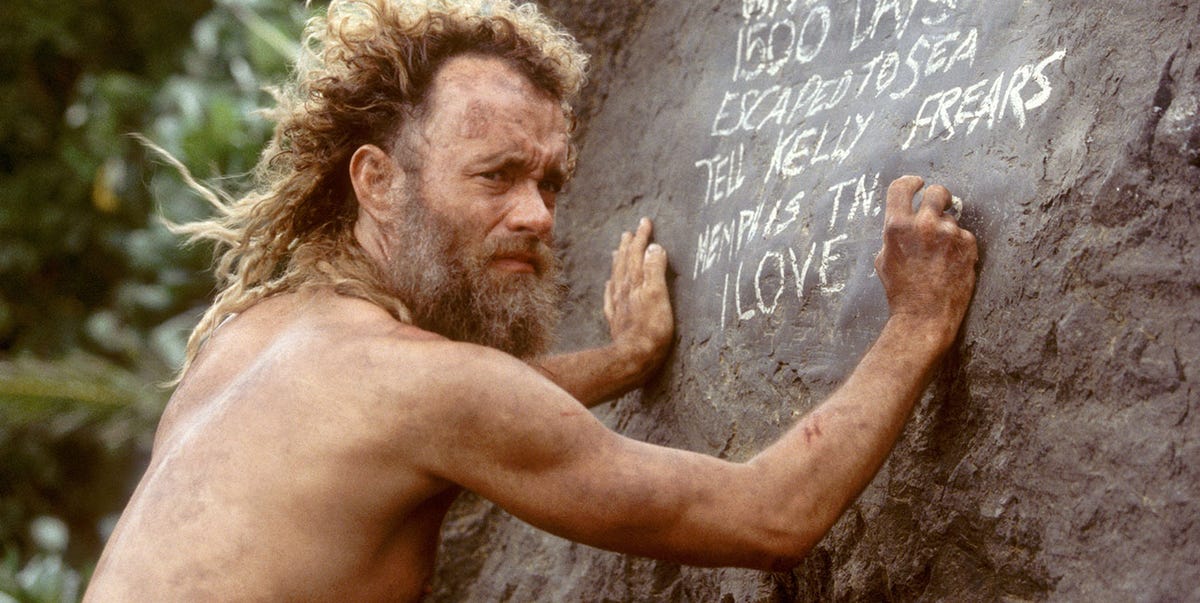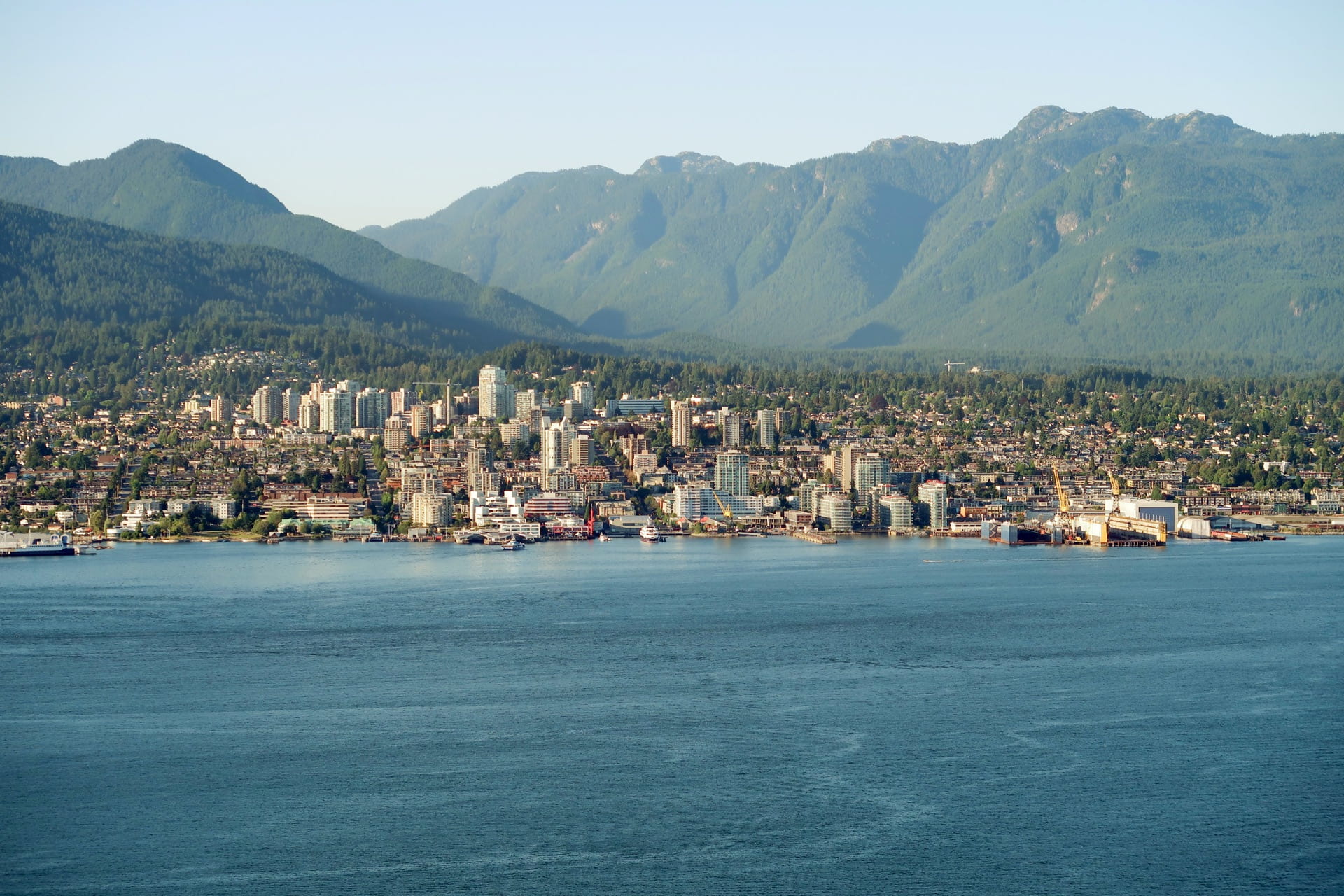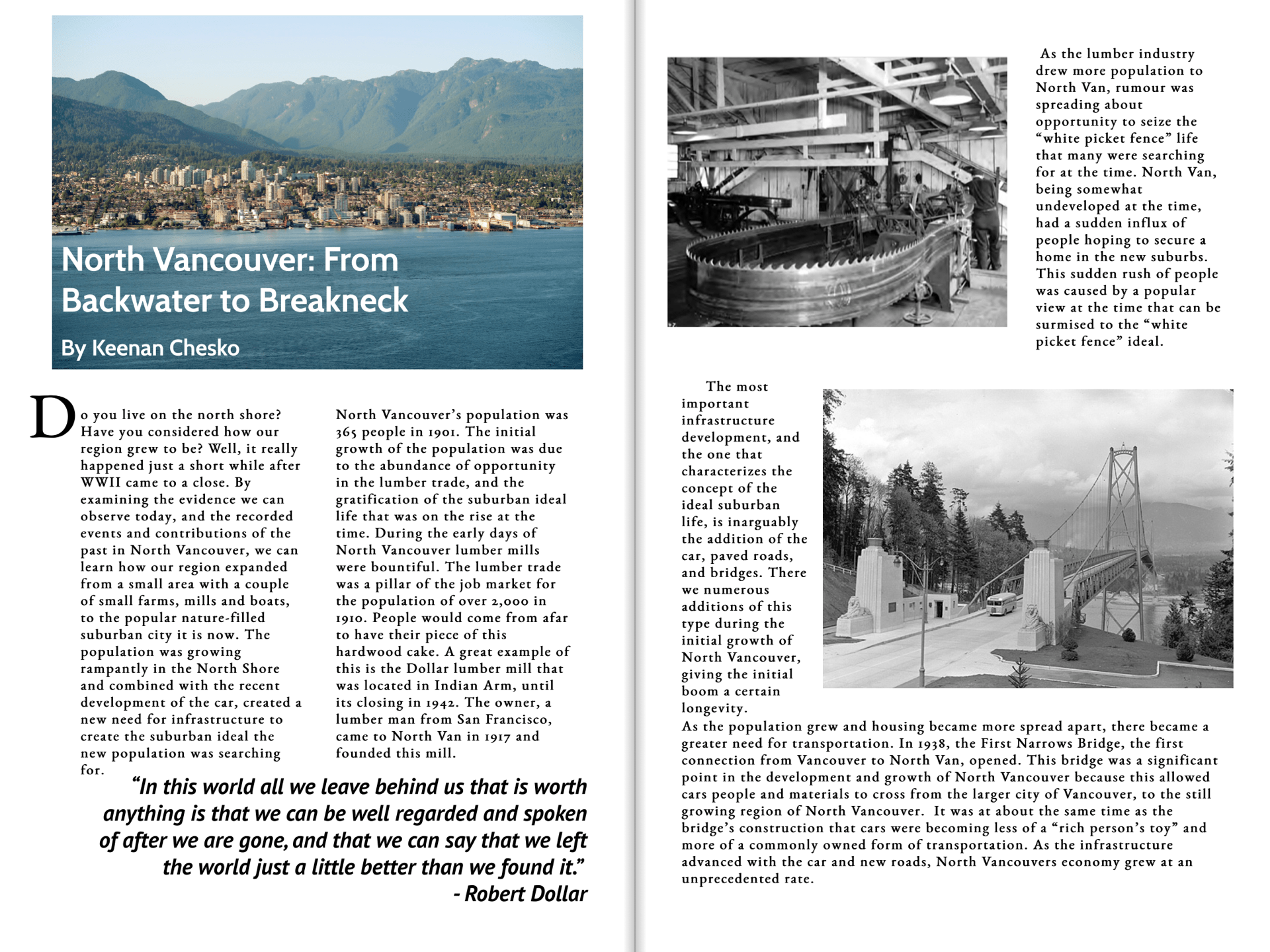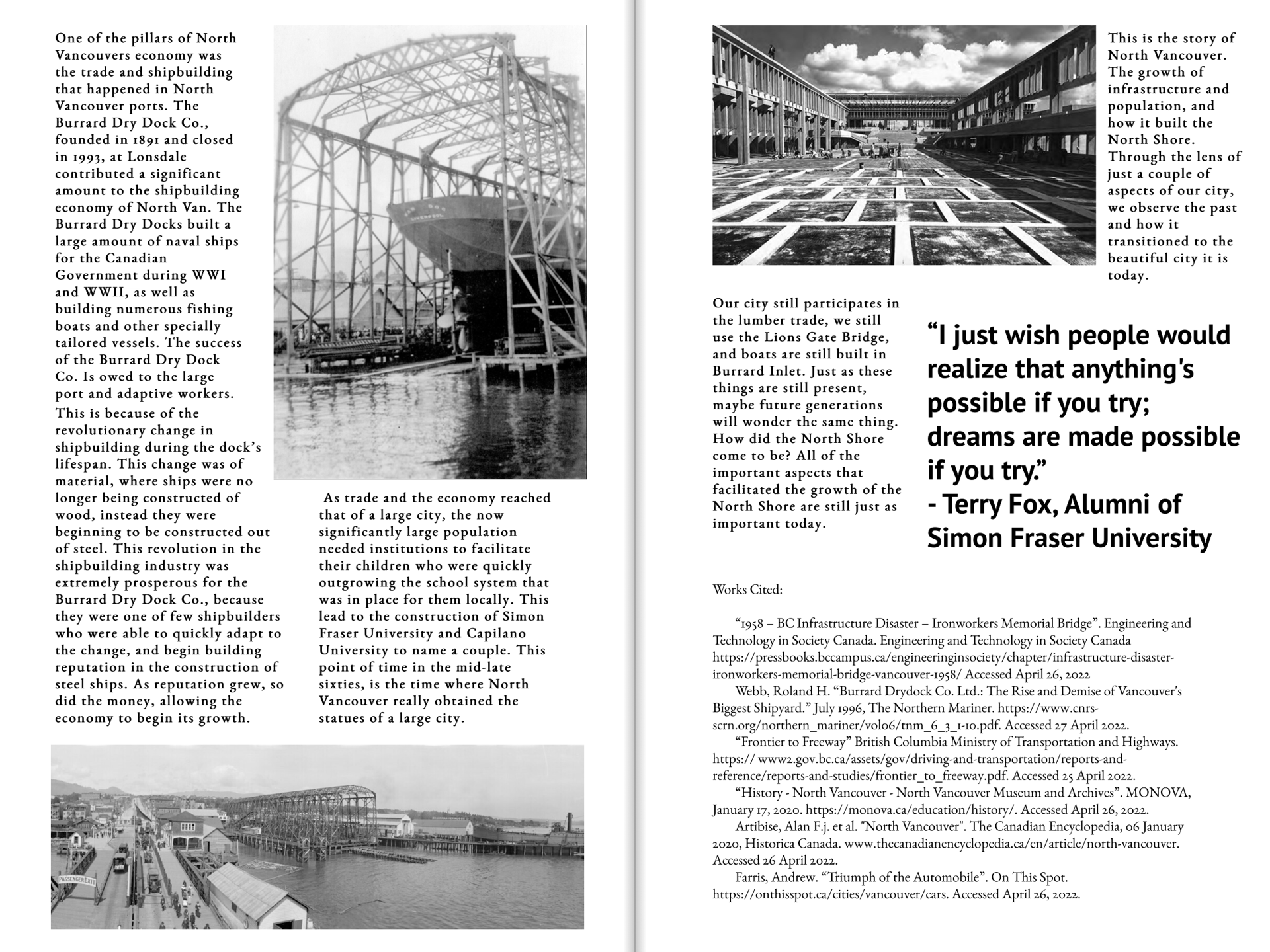Hidden within the pages of many books are the secrets to transforming your life. While self-help literature dates back to 2800 BCE, today’s powerful memoirs and guides are unlocking new potential within anyone strong enough to brave the pages. Dive in to discover how these contemporary reads can set you on the path to personal and professional success.
With this project being presented at the spring exhibition 2024, this marks my final post in the Performance Learning Program. With university just around the corner, I want to take this opportunity to reflect on our final project. As we wrap up this final project and prepare to move on to new ventures and struggles, I hope I can squeeze one last lesson out of high school.
Our final project in PLP 12 was called Page to Practice®, and as you might’ve been able to guess, it was about taking lessons learned from books of our choice and putting them into practice in our lives. The book I chose from our list was Shoe Dog by Phil Knight.
The climax of this project was at the spring exhibition 2024, PLP-Con, where us PLP 12s held a discussion panel much like those found at Comic-Con and other conventions. The idea of this panel was to answer the driving question:
💸What can we learn from authors about achieving personal and professional success?🏎️
Obviously, to get these lessons and share them with everyone at the exhibition we needed to read our book. Beneath is my review of Shoe Dog, where I give it ⭐️ ⭐️ ⭐️ ⭐️
Review ⭐️⭐️⭐️⭐️
"Shoe Dog" by Phil Knight is a compelling memoir that offers an in-depth look into the struggles and triumphs of building Nike from the ground up. The book provides a fascinating narrative about the early days of Nike, filled with detailed retellings of the challenges Knight faced and the victories he achieved along the way.
Knight’s storytelling is engaging and well-written, effectively conveying the emotional rollercoaster he experienced in transforming Nike into a global, household brand. His sincere reflections and honesty about his personal flaws and questionable decisions add a relatable human element to the story.
However, while the book is dense in interesting storytelling, it does fall short on delivering significant business or leadership lessons. The lessons are there, but they require some analysis to uncover and are not as explicitly laid out as one might hope. For those looking for direct business insights, this may be a drawback.
That said, the book excels in illustrating the importance of perseverance, passion, and authenticity. Knight’s journey is an inspiring example of pursuing one’s vision despite obstacles and skepticism from others. The historical details and Nike facts are an added bonus, making it an engaging read for fans of the brand and those with their own “Crazy Ideas”.
I recommend "Shoe Dog" to Nike fans, non-fiction enthusiasts, and aspiring entrepreneurs. Nike fans will love the detailed history and brand trivia, non-fiction readers will appreciate the honest and engaging storytelling, and those with their own "Crazy Idea" will find inspiration in Knight's restless pursuit of his vision despite numerous obstacles.
Applying Lessons Learned
From the Book
One of the key lessons I learned from Shoe Dog was the importance of perseverance and resilience in the face of challenges. Phil Knight’s journey was filled with obstacles, from financial difficulties to intense competition. Inspired by his determination, I have decided to apply the following lessons to my own future.
1. Embrace Failure and Learn from It
Knight’s numerous setbacks, from financial struggles to production issues, taught him valuable lessons. Viewing failures as opportunities for growth can lead to better decision-making and resilience.
2. Build a Strong Team
Success is rarely a solo journey. Knight’s success with Nike was deeply intertwined with the talented and dedicated team he assembled. Surrounding yourself with passionate, skilled individuals can amplify your efforts and lead to greater success.
3. Stay True to Your Vision
Despite numerous challenges, Knight remained loyal to his vision for Nike. Having a clear, unwavering vision can guide you through difficult times and keep you focused on long-term goals.
4. Innovate and Take Risks
Knight’s willingness to innovate and take “calculated” risks played a crucial role in Nike’s success. Being open to new ideas and willing to step out of your comfort zone can lead to breakthroughs and significant achievements.
These insights from “Shoe Dog” provide a map for navigating the intricacies of both personal and professional life, emphasizing perseverance, teamwork, vision, and innovation as cornerstones of success.
From the Project
Working on this project also taught me a lot about the power of teamwork and collaboration. Our group (Myself, but Dries, Jonny, Annie, and Jordan) had diverse books, strengths, and perspectives, which we leveraged to create an interesting panel presentation. This experience emphasized the idea that personal and professional success is rarely achieved alone. By working together and supporting one another, we were able to produce a final product that was greater than the sum of its parts.
 This is my notes card that I was cleverly hiding behind my name tag 😏
This is my notes card that I was cleverly hiding behind my name tag 😏
Whether I got to say them or not, the lessons or topics from the card above were what I deemed to be the most prevalent and impactful/important lessons one could take forward in life, considering our panel’s theme of “Motivation and Success in the Workplace.”
Exhibition Night
Everyone was nervous on the night of the exhibition, but we knew our parts and spent years honing our skills to keep a discussion going. Unfortunately, we were first up for the night, meaning that our audience was the smallest, not having many questions for us at the end of our discussion. Our moderator (Nathan) did an incredible job keeping the discussion lively with his interjections and questions and calling the end of the discussion. Our members went back and forth throughout our discussion, discussing several subjects on which our books had common or contrasting views. However, I found that a large chunk of the discussion was about topics that Shoe Dog didn’t mention or that I wasn’t prepared to speak about. When I found my time to speak, I think I delivered the lessons I extracted from Shoe Dog quite faithfully and fluently.
The lessons I learned through Shoe Dog and from the books my classmates read were not just theoretical; they were practical strategies that we can apply to achieve our goals. This project was a fitting culmination of our time in PLP, encapsulating the growth, creativity, and resilience that have stuck with us on our journey.
As I prepare to graduate and embark on new adventures, I am grateful for the experiences and skills I have gained through this program. Thank you to everyone who has been a part of this incredible journey. Here’s to the future and all the opportunities it holds!
Keenan, signing off.




























